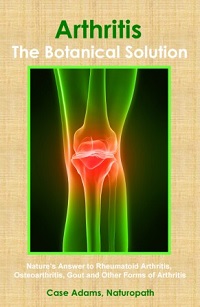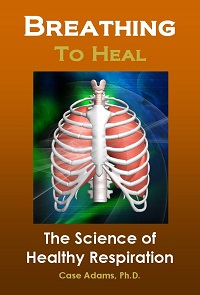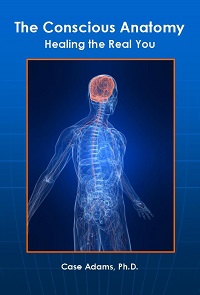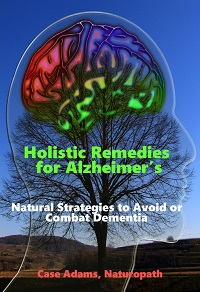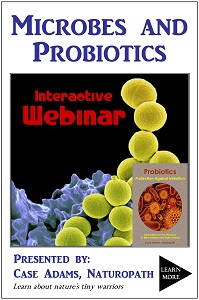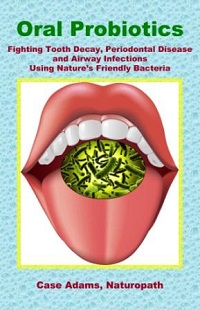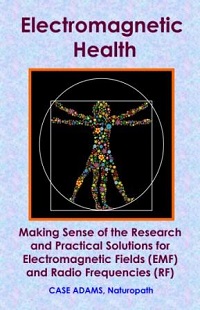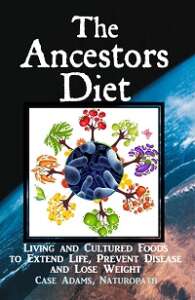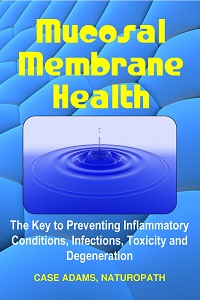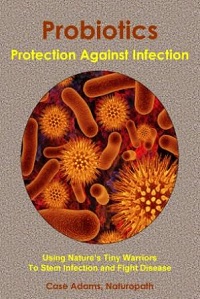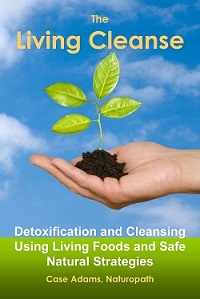Is Your Restaurant a Host for Infectious Disease?
When you go out to eat you don’t want to get infected with a life-threatening virus or bacteria infection. Right?
In this article
Restaurant infection sources
Research sponsored by the ABC news show 20/20 has exposed the greatest probable sources of infectious disease transmission among restaurants. Some of the findings surprised even the investigators.
The research analyzed ten restaurants in three states. The scientists swabbed everything from plates to menus to chairs and tables – even lemon wedges – looking for the primary sources where microorganisms could be transmitted to patrons, and from patron to patron.
The research concluded some results that surprised nearly everyone.
The study found that bathroom doorknobs and bathroom sink handles – typically considered one of the worst possible infection sources – were actually relatively clean in most cases. Their microorganism count was fewer than many other parts of the restaurant.
It was surmised that this is because these sources are typically cleaned at least on a daily basis because these areas are recognized as possible disease vectors.
Sources of infection at restaurants
The worst offenders were those items around the table not cleaned often by restaurant staff. These include the menus, the seats and the salt-and-pepper shakers. Because these items are handled by nearly every patron and rarely cleaned, they harbored the most dangerous organisms as well as the highest microorganism count.
Some of the microorganisms found on these surfaces included those that transmit tuberculosis, E. coli infections, staph infections (Staphylococcus aureus), strep infections (Streptococcus sp.) and others.
The worst offenders were the chairs. The research found that 70% of the chairs tested harbored a wealth of unhealthy bacteria and viruses. Apparently, chairs are rarely cleaned or sanitized, yet need to be.
The menus were also covered with dangerous bacteria and viruses, ready to transmit onto anyone who handled them. Table tops of restaurants were also a source of potentially lethal microorganisms.
Another source of considerable bacteria and viruses was the outside rims of drinking glasses. The research found that many of the wait staff handled drink glasses by the top of the outside rim – precisely where we put our lips when drinking out of the glass. This region was found infected with a variety of lethal bacteria including those causing strep throat, staph and E. coli infections.
But the big surprise were the lemon wedges. These were among one of the fifth highest sources of microorganisms found, seemingly because these were handled by kitchen staff who had not washed their hands well enough prior to handling food. And most lemon wedges are handled by hand rather than by using utensils as many foods are.
Importance of hand washing
This issue – of restaurant cooks and other food handlers not washing their hands well enough – not only became evident from the research. It was also disclosed by industry insiders during the program, as being nearly ubiquitous among restaurant staff. Insiders described how food handlers often did not wash after using the restroom, and kitchens were hotbeds of sexual episodes during meal preparation.
The 20/20 episode also illustrated how simply washing the hands for twenty seconds with soap can eliminate a majority of the unhealthy microorganisms on our hands. This was aptly illustrated by the reporter, who first poured a solution of E. coli on her hands, followed by washing for about seven seconds – the average wash time for most – then wiped her hands onto a Petri dish. The procedure was repeated along with washing the hands for 20 seconds instead. The two Petri dishes were incubated and then held up to the camera, showing how the seven-second wash resulted in a Petri dish laden with bacteria and the 20-second wash Petri dish being practically clear of infection.
The investigative broadcast was both informative and essential for not only the patrons of restaurants. It was also critical for restaurant owners who seek to keep their customers coming back – especially as we enter cold and flu season.
Infection transmission routes
The fact is, most people think that being in the same room with someone who is sick will expose us to the infective virus or bacteria. This is not necessarily true. It largely depends upon the type of infection and the means of contact. Most airborne germs require a sneeze or cough to propel them, but even then, they will likely not infect beyond about six feet according to research.
The primary means for infection transmission is physical contact with the hands – touching something the infected person touched. The next necessary step is for the person having touched the infected contact touching their face, eyes, mouth, ears or around the nose before washing. This is because much of our skin repels infective bacteria through a combination of pH control and skin probiotics.
The oral cavity and sinuses also contain various probiotics, as well as immune agents within the mucous and epithelium.
And it is the health of these defenders that will largely determine whether or not we will get sick after having contact with infective agents.
Otherwise, everyone who went out to eat would come home sick.
The reason why only a few people get sick after going out to eat or going to a movie or other public place is because these are the people who are more vulnerable. Their mucosal membrane defense systems – which include probiotics and immune cells – have become weakened.
REFERENCES:
10 Germiest places in a restaurant. ABC News 20.20. Nov. 16, 2012.
Probiotics: Protection against Infection. Logical Books, 2016.



